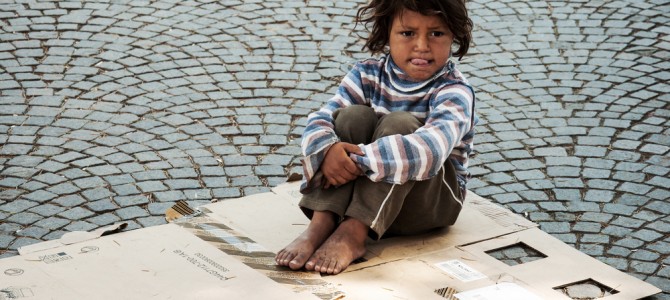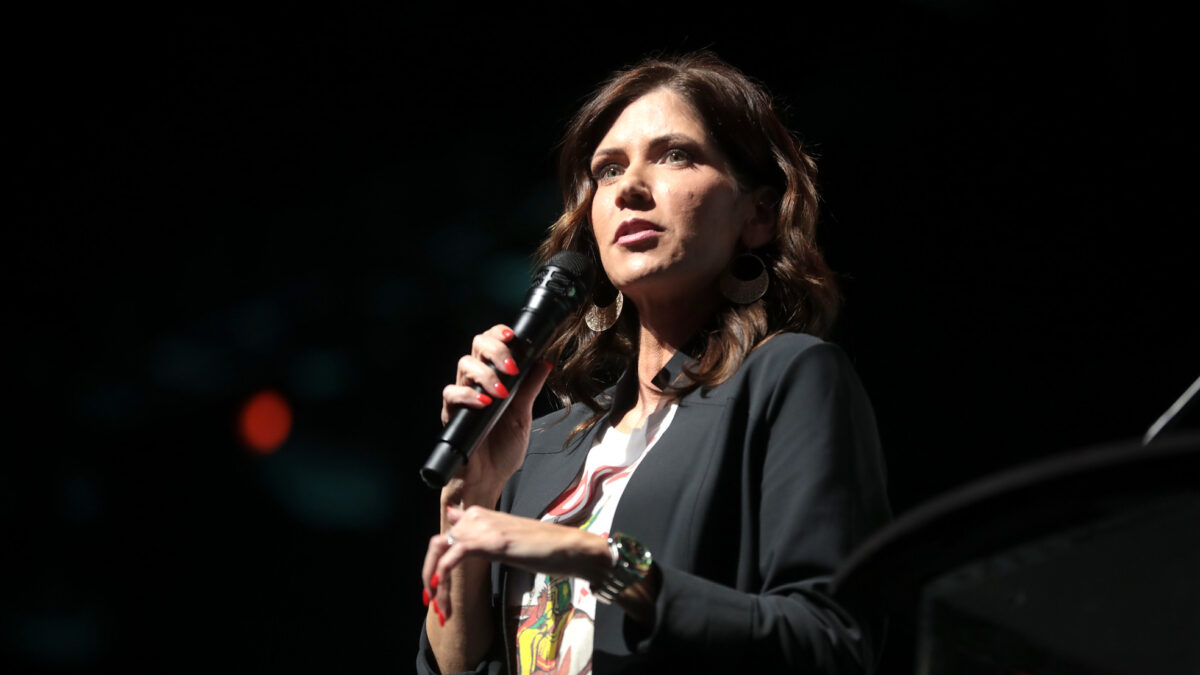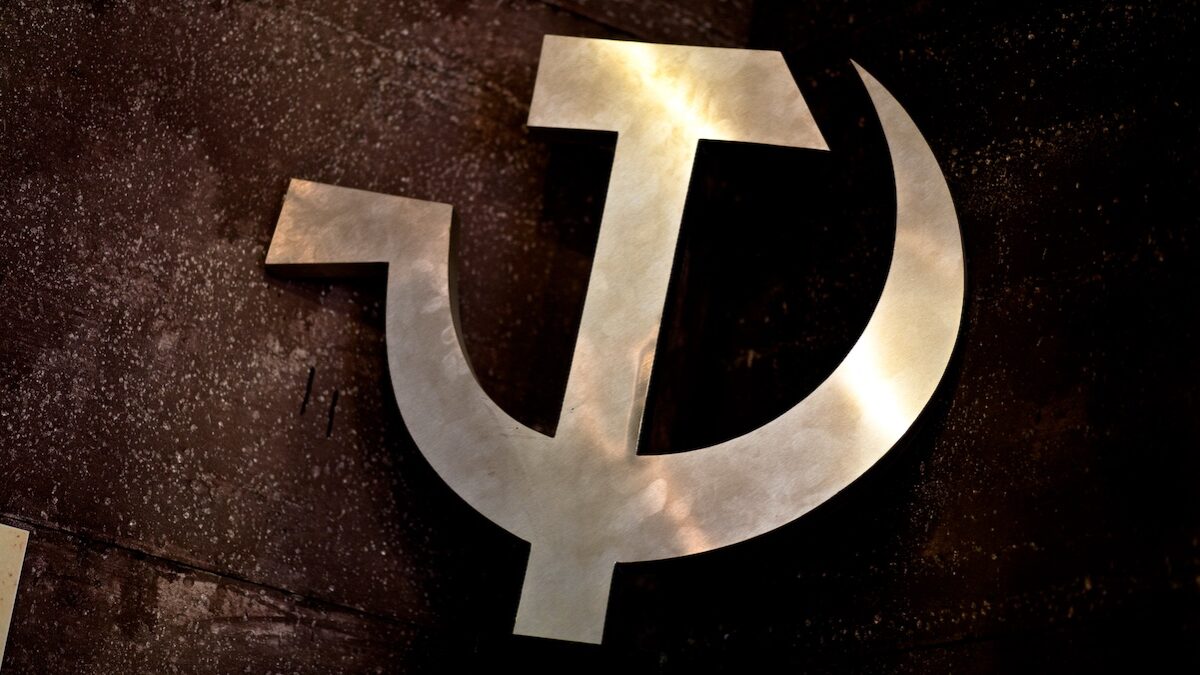
In a thoughtful essay ten years ago (“Family History”), New York University philosophy professor David Velleman indicted both the practice of creating children intending to sever them from their biological parents, and the excuses adults offer to justify this.
The new ideology of the family is needed . . . for cases in which people wanting to parent a child cause one to be conceived with donated gametes. That this child cannot be parented by one or both of its biological parents is not a disadvantage that its custodial parents volunteer to mitigate; it was a desideratum that guided them in creating the child, to begin with. Not being attached to a partner with whom they could be fertile, they needed a child who was correlatively unattached, a child already disowned by at least one of its biological parents. Rather than adopt a child whose ties to its biological parents had been ruptured after conception, they intentionally created one for whom those ties were ruptured antecedently. This choice would be morally problematic if biological ties were genuinely meaningful. Hence the need for an ideology that denies their meaning.
The ideology denying the meaningfulness of biological ties for human identity is called same-sex marriage.
The Biotechnical Revolution and the Isolated Child
There is a biotechnical revolution upon us that treats children as products to manufacture. In the United States and around the “civilized” world, individuals flip through catalogues or search online to purchase sperm and eggs from (usually anonymous) donors whose genetic characteristics they find appealing. These shoppers then hire lab technicians to create embryos for implanting in a womb, often of a leased surrogate, for purchaser retrieval after gestation completes.
Thereby do these people manipulate children into existence in a manner divorced from marital love, in which adults intend to deprive them of relationship with or knowledge of at least one, and perhaps both, of their biological parents, as well as their extended kin.
This practice of human reproduction without relationship, of reproduction arranged by commercial transaction with service providers, graphically instantiates the precepts of same-sex marriage ideology. By eliminating the husband-wife marital norm, that ideology sunders even the conceptual connection of the marital union and fertility.
Commercially arranged reproduction also abolishes the togetherness of mother and father in the act culminating in the child’s origins. Indeed, in theory (and ordinary practice) the mother and father are strangers to each other. A typical case involves individuals who sell their gametes intending to never know or be known by their children or co-parent. So also with another alien to the marital relationship: the surrogate; her womb is not understood as a natural component within the relational complex of marriage and motherhood, but as a utilitarian machine to be leased and exploited by those with the economic advantage to do so and the wish to summon a child into being for their custody.
Elton John having obtained his kids this way, he recently (and vehemently) defended this commodification of persons. But his comments from a few years ago reveal a different perspective. His son’s life initiated when a lab tech combined the sperm of Sir Elton or his partner with a donor woman’s egg. The boy gestated in yet another woman, a surrogate in California, who relinquished him upon birth.
“It’s going to be heartbreaking for him to grow up and realize he hasn’t got a mummy,” John stated. (The boy does have a mummy; it’s just that her exile was the principle aim of his purchase contract.) Sir Elton’s transition—from acknowledging the loss he imposed upon his son to stridently defending the manufacturing model of child-creation and all it entails—is an anecdotal exemplar of the move logically required of a society that redefines marriage to make the husband-wife relation irrelevant to its composition.
Vive la Différence Versus Egalitarian Dehumanizing
The Supreme Court in the not-too-distant past observed: “Physical differences between men and women … are enduring: ‘[T]he two sexes are not fungible; a community made up exclusively of one is different from a community composed of both.’” Well, yes. One might think such self-evident truths remain publicly relevant, but it is now anyone’s guess whether the Court is about to make that truth illegal for states to acknowledge and act upon.
The defining feature of the historic marriage community, after all, is the sexual difference of its non-fungible constituents. To obliterate the sexual-difference feature of marriage is not a charitable expansion of its borders, but a radical repudiation both of its character and, ominously, of the character of the human person it acknowledges and protects.
The change in civilization that stipulates marriage as sexually undifferentiated, that denies the deep human relevance of being male and female in relationship, necessarily entails redefining parent. For if marriage is to be the egalitarian institution of adult rights now insisted, rather than a relation founded in sexual difference and child-regard, the requirements of “equality” mean (although this implicates an enormous irony) that same-sex couples get to have and raise kids, too.
But couples of the same sex don’t and can’t do anything procreative within their relationship. So by redefining marriage, the law must make some other moves, too: among which is valorizing the technological and other innovative takes on parenthood, equalizing their status with that of the natural-relational process. That means the law must ratify as normative—not tragic or exceptional—both adoption and the technological production of children from gametes and bodies gathered from outside the partners’ union. In such case, the law denies (among other things) that children’s identity is, in any sense that could be legally prioritized, as the natural issue of the joining of their mother and father. Therein lies the acute alteration to the governing anthropology required of societies adopting same-sex marriage.
So not only does same-sex marriage ideology redefine parent, but also child. For on its account, a child comes into the world not naturally related to anyone, but only transactionally connected to the persons responsible for fetching him through various means. No child in a same-sex household derives from the relationship of the partners in that home; every such child has been torn from at least one parent. Rather than a child’s dissociation from parents being a tragedy, it is a necessity and design feature of the same-sex regime.
The same-sex ideology, then, presents an unsettling logic that forbids us to even know that an orphan’s condition as an orphan is something to mourn. This nouveau anthropology presents children as, in principle, individuals as such, with no natural relation to or necessary identity bound up in their biological mother and father.
If that truthfully describes their identity, then their continuing detachment from biological parents is trivial. And their assignment to homes (foster, adoptive, or orphanage) is not something we properly may classify as a deviation. In fact, it might be the most enlightened sort of condition for children, as it more vividly incarnates their liberation from assumptions insensible except in terms of the now-renounced marriage model that assigns children’s identity and place with their mother and father.
Same-sex marriage is not just an upheaval in rules. It changes the structure of interpretation. It forbids us to know things we used to be allowed to take for granted.
Legal Archetypes and the Social Order
How a society knows and remembers is a function of its cultural and legal institutions and the performances associated with them, which sustain mores and structures of conceptual plausibility. Upon altering or abolishing the legal mechanisms that convey the central cultural narratives, and replacing them with different models, we remap the authorized pathways of thought for the community. “In shaping an institution like marriage, public authorities work by defining the realm of cognitive possibility for individuals as much as through external policing,” Nancy Cott writes.
In discussing torture, philosopher and law professor Jeremy Waldron has focused on the function of archetypes in our law. He asserts that the prohibition on torture is just such an archetype, “emblematic of our determination to break the connection between law and brutality and to reinforce its commitment to human dignity even when law is at is most forceful and its subjects are at their most vulnerable.” If we discard the torture ban, much more is inevitably relinquished with it; other concepts unravel that were previously held together by that bright line. Waldron explains:
the life of the law depends, in large part, on argumentation. . . . In law, we don’t just argue pragmatically for what we think is the best result; we argue by analogy with results already established, or we argue for general propositions on the basis of existing decisions that already appear to embody them.
Once an archetype is removed from law, the principles the archetype embodied and held in place have lost their authority as conceptual polestars. Thus “our ability to make [effective] arguments of a certain kind” vanishes. Conversely, those ideas that the archetype classified beyond the pale are now loosed to overhaul the affected area of law in terms of their rival precepts. “[T]he demise of an archetype sends a powerful message about a change in the character of the relevant law.”
If, in the name of “equality,” the Supreme Court this summer constitutionalizes a national mandate for de-sexed marriage, it is unclear how the Court thereafter could avoid cleansing its own caselaw of its “unequal” preferential treatment of biological parents. Or how Congress in the exercise of its Fourteenth Amendment Section Five enforcement authority won’t be within its rights to banish from state domestic relations law those policies based on biological bond favoritism or that otherwise imply a legally cognizable significance to kinship relations. A ruling that traditional marriage law is illegal invites an avalanche.
Former Chief Justice Warren Burger observed that “in constitutional adjudication some steps, which, when taken were thought to approach ‘the verge,’ have become the platform for yet further steps. A certain momentum develops in constitutional theory and it can be a ‘downhill thrust’ easily set in motion but difficult to retard or stop.” Indeed, history itself (as Michael Hanby writes) might be conceived of as “the train of cause and effect set in motion by our deeds but escaping our control.”
Same-Sex Marriage Denies the Natural Family
The refusal to countenance the sexual difference of male and female that is central to the marriage relation implicates more than the roster of who will be called “married.” Replacing the law’s acknowledgement of the essential significance of kinship and man-woman complementarity with contingent preference and egalitarian artifice means the government denies the pre-political and natural dimension of the family that until now authorized its substantial immunity from statist interventions.
That denial is on full display, for instance, in recent judicial and legislative manipulation of birth certificate entries to register names of two persons of the same sex, or of three or more persons. This innovation purports to defer to individual (adult) autonomy, but its darker and more basic meaning is that our government handlers are not constrained by anything, transcendent or created, that would narrow their jurisdiction to meddle, divide, and isolate.
Our safety, prerogatives, and relational integrity remain secure in proportion to our intelligent efforts to maintain and defend them. These efforts include preserving public esteem for the beliefs that undergird such conditions, which in turn require cooperative cues in legal and social ecology. But the libertine modern man is bereft of this insight. He stupidly assumes our civilization is just there, like the air we breathe, rather than being a fragile accomplishment from centuries of purposive toil, imperiled upon neglect of its preconditions.
State laws that preserve the marriage archetype are a commitment to the truth of human identity. It is deceptive to describe that venerable legal standard or its supporters as manifesting animus or psychoses rather than a perfectly correct awareness that the public order and the plight of the vulnerable are profoundly at stake in this policy installation. The conserving reflex derives from a discerning sensibility that manifestly eludes its belligerent critics.
The Supreme Court now stands poised to preempt legislative flexibility and to lock into constitutional cement a radical cultural innovation before our society has had anything resembling a discussion commensurate with the gravity of the proposed transformation. Should the Court carry through with it anyway, it will be shameful though unsurprising. Haste and folly are regular companions.









